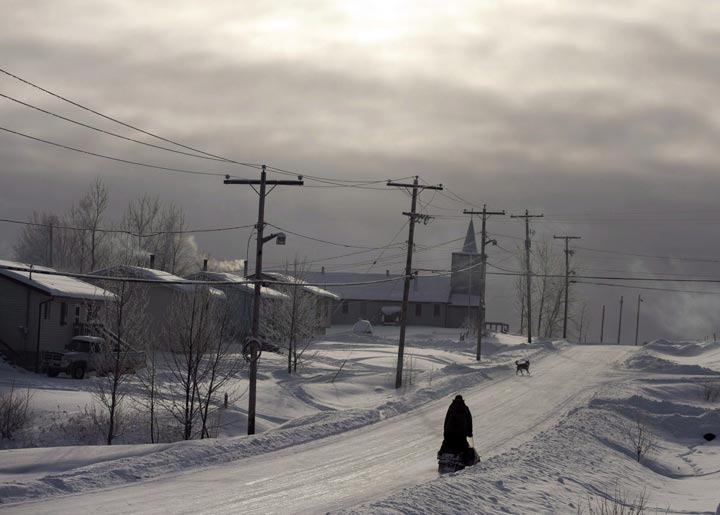TORONTO – A First Nations leader from B.C. says aboriginal communities in Ontario’s Ring of Fire could benefit from striking a balance between mining development and land preservation.

Annita McPhee is president of the northwestern B.C. First Nations Tahltan Central Committee and says a balanced approach is required in negotiating how the northern Ontario mineral deposit will be developed.
McPhee says while it is important to sustain the mineral-rich land in the James Bay First Nations territory, opening it up to external industries offers potential monetary and employment benefits.
In the Tahltan territory of B.C., mining development created tensions between First Nations and mining corporations from as early as 2005.
Led by McPhee, her group has negotiated $2 billion in resource development since 2011 in non-sacred pockets of Tahltan land, and another $11 billion is being considered. In return, the Tahltan have seen increased employment and funding for health care and cultural programs.
She says the solution has been protecting certain sacred areas of the land while allowing development in others, and she believes Ontario First Nations could benefit from a similar model.
“I can completely understand where the First Nations people in the Ring of Fire are coming from because they are experiencing something quite similar to us,” McPhee said.
“And now that we’ve developed these processes, we think we could share them with other people if they wanted to hear them,” she said.
McPhee says the process involves balancing what a First Nation wants with protecting its way of life and culture.
“(While) we determined what we want in terms of benefits, we had to come to terms with what it meant for the areas we wanted to protect,” she said. “It’s all about balance in approach.”
The Ring of Fire in northern Ontario is anticipated to bring in more than $60 billion in revenue.
The mineral belt was thrust into the spotlight in 2008 when chromite, a rare mineral used to create chrome and stainless steel products, was discovered in the 5,000-square-kilometre area.
Negotiations between the nine Matawa First Nations communities that live in the area surrounding the Ring of Fire and mining developers are underway.
The province of Ontario announced last week the creation of a new corporation to bring together mining companies, First Nations and provincial and federal officials to develop the Ring of Fire.
“A development corporation is a model that can, at the very start, bring people together, allow opportunities for a number of partners to become involved and allow us to make some decisions,” Northern Development and Mines Minister Michael Gravelle said Friday.
McPhee says the inception of the corporation could mark the beginning of a successful relationship if the Matawa are open to negotiations.
“It just depends on what the First Nations actually want,” she said.
Ontario Premier Kathleen Wynne has called on the federal government to help funded the large-scale infrastructure projects required to help develop the Ring of Fire.
The capital investment for industrial infrastructure is expected to be up to $1 billion, plus another $1.25 billion to construct all-season access roads to the remote region 500 kilometres northeast of Thunder Bay.



Comments